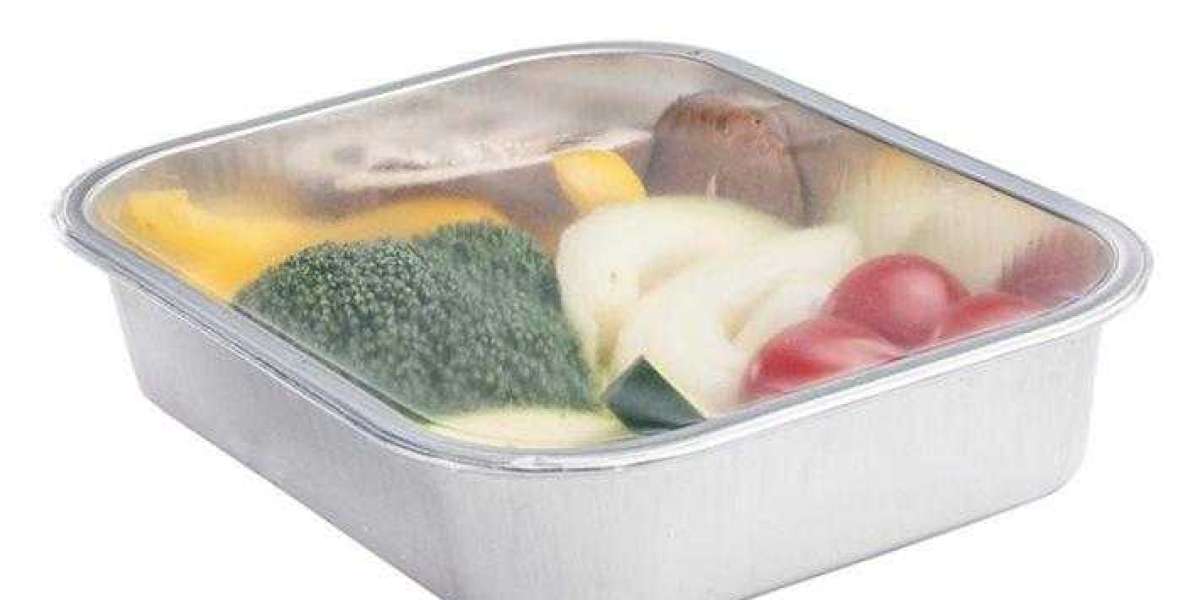Food packaging plays a critical role in ensuring the safety, quality, and longevity of food products. Over the past few decades, barrier films have emerged as a crucial component in the food packaging industry due to their ability to preserve food by preventing the intrusion of oxygen, moisture, light, and other environmental factors that can degrade the product. These films are specifically designed to create a protective barrier that helps extend shelf life, maintain the flavor and nutritional quality of food, and reduce waste. barrier films for food packaging
What Are Barrier Films?
Barrier films are specialized materials that are used in food packaging to protect the product from external elements that can compromise its quality. These films are typically thin and flexible, making them ideal for use in a wide variety of packaging formats such as pouches, trays, and sachets. The primary function of barrier films is to block or limit the transfer of gases, liquids, and odors, providing an effective seal against contaminants like moisture, oxygen, carbon dioxide, and light.
The effectiveness of a barrier film is determined by its material composition, thickness, and the specific barrier properties it offers. These properties are essential for extending the shelf life of packaged food products, especially in an era where consumers demand fresher, more natural, and longer-lasting food options.
Types of Barrier Films
- Plastic-Based Barrier Films: Plastic films are the most common type of barrier films used in food packaging. These materials offer versatility and are cost-effective for mass production. Some of the most widely used plastic-based barrier films include:
- Polyethylene Terephthalate (PET): PET is a commonly used film in food packaging because of its excellent barrier properties against oxygen and moisture. It is particularly effective for packaging dry and high-moisture content products such as snacks, cereals, and juices.
- Polyamide (Nylon): Nylon films offer strong resistance to gases and moisture, making them ideal for packaging perishable items such as meats and cheeses.
- Polyvinylidene Chloride (PVDC): PVDC films are highly effective in preventing the passage of oxygen and moisture, making them suitable for packaging a wide range of food products, including meats and frozen foods.
- Metalized Films: Metalized films are created by applying a thin layer of metal, often aluminum, onto a plastic substrate. These films provide enhanced barrier properties compared to standard plastic films, particularly in blocking oxygen and light. The metalized surface not only helps preserve the freshness of the food but also offers an aesthetically pleasing metallic finish that enhances product appeal. Metalized films are commonly used for packaging snack foods, chocolate, and other products that are sensitive to light and air.
- Biodegradable and Compostable Barrier Films: With growing environmental concerns over plastic waste, there has been an increasing demand for sustainable alternatives in food packaging. Biodegradable and compostable barrier films, made from plant-based materials such as starch, cellulose, and polylactic acid (PLA), are gaining popularity. These films offer a similar level of protection to conventional plastic-based films while offering the advantage of being compostable, making them a more environmentally friendly option.
- Aluminum Foil: Aluminum foil is another type of barrier material that provides superior protection against light, oxygen, and moisture. It is often used for high-end food packaging such as ready meals, coffee, and chocolate. Aluminum foil is also used in combination with other films to enhance barrier properties while maintaining a lightweight and flexible structure.
Functions of Barrier Films in Food Packaging
Barrier films serve a variety of functions in food packaging, contributing to both the preservation and convenience of food products. These include:
- Extending Shelf Life: One of the primary reasons for using barrier films in food packaging is to extend the shelf life of perishable products. By limiting the exposure of food to oxygen and moisture, barrier films prevent the growth of microorganisms, oxidation, and degradation of fats and oils, all of which can lead to spoilage. For example, meat and poultry products benefit greatly from oxygen-barrier films, which help prevent bacterial growth and preserve the freshness of the product.
- Maintaining Food Quality: In addition to preserving shelf life, barrier films help maintain the sensory qualities of food, including flavor, texture, and nutritional content. By preventing the absorption of moisture, films can keep products like crackers or chips crisp, while moisture barriers help keep refrigerated items fresh by preventing freezer burn and dehydration.
- Preventing Contamination: Barrier films help protect food products from contaminants, including dirt, bacteria, and harmful microorganisms, that could compromise food safety. By providing a protective seal, barrier films help reduce the risk of contamination during processing, transportation, and storage.
- Reducing Food Waste: With increasing demand for longer-lasting food products, barrier films contribute significantly to reducing food waste. By protecting food from spoilage and maintaining its freshness, barrier films help ensure that food products last longer on store shelves and at home, reducing the likelihood of products being discarded due to spoilage.
- Convenience and Ease of Use: Barrier films make food packaging more convenient for consumers, allowing for easy storage, handling, and consumption. Many barrier films are designed to be resealable, providing added convenience for users who need to open and close packages multiple times. Additionally, barrier films can be tailored for microwave and oven-safe applications, enabling quick and easy meal preparation.
Challenges and Future Trends
Despite their numerous benefits, there are challenges associated with the use of barrier films in food packaging. The environmental impact of non-biodegradable plastic films remains a significant concern, prompting the search for more sustainable alternatives. While biodegradable and compostable films offer a promising solution, they still face challenges in terms of cost, performance, and scalability.
Looking ahead, innovations in packaging technology are expected to continue, with more focus on developing smarter, more sustainable barrier films. Advances in nanotechnology and the use of natural, plant-based materials could play a key role in overcoming current limitations and providing food packaging solutions that are both effective and environmentally friendly.
Conclusion
Barrier films are essential in modern food packaging, offering a wide range of benefits including extended shelf life, enhanced food quality, and protection from contaminants. As consumer preferences for longer-lasting and sustainably packaged foods continue to grow, the demand for barrier films will only increase.





